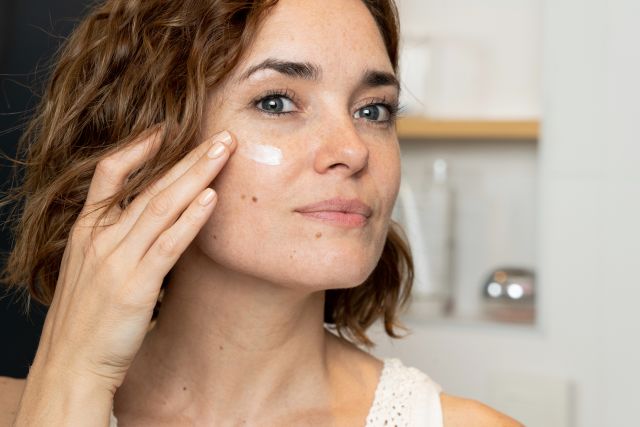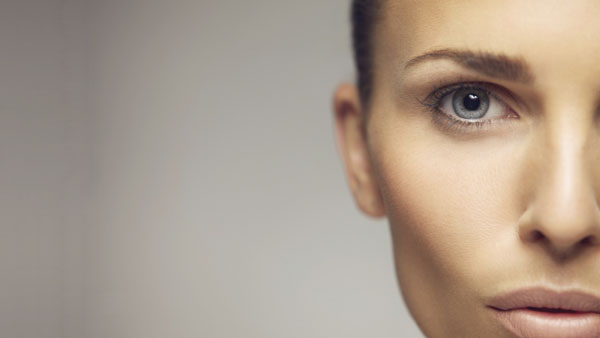Who wouldn’t want smoother, wrinkle-free skin? According to a report from the American Society of Plastic Surgeons (ASPS) Botox (Botulinum Toxin Type A) was the top minimally-invasive cosmetic procedure in 2015, with over 6.5 million Americans opting for Botox injections to reduce and, in some cases, completely smooth out facial wrinkles and frown lines. That’s a 759 percent leap from 2000, suggesting that the quest for the fountain of youth hasn’t dried up.
While some people would never consider the idea of injecting small amounts of a toxin into their faces, others are more than happy to find younger-looking skin in a syringe. Why is it so popular? “We know it works,” says Melissa Kanchanapoomi Levin, MD, a clinical instructor at Mount Sinai Icahn School of Medicine and dermatologist at Marmur Medical in New York City. “Botox is pretty painless and works well to eliminate wrinkles such as crow’s feet, frown lines, and forehead wrinkles.” Not only that, there’s minimal to no down time: Unlike injectable wrinkle fillers, which are more likely to cause bruising, you can get Botox at lunchtime with no one the wiser when you return to the office. There may be small pinpricks here and there at the site of injections, but these resolve within an hour and can be covered easily with makeup.
How does it work?
Botox injections provide a temporary softening of wrinkles that come from repeatedly contracting facial muscles in the same way. For example, someone who squints a lot may develop crow’s feet, while a frowner may end up with two vertical lines between the eyebrows—commonly called “angry 11’s.” While there are different brand names for these injectable neuromodulators—Botox, Dysport and Xeomin—they all work in the same way. “They block the nerve impulses of the injected muscles to temporarily reduce muscle movements that cause wrinkles,” says Dr. Levin. In essence, you’re freezing muscles so that you can’t make the frown lines that make you batty every time you look in the mirror.
Depending on the brand used, it can take from three to seven days after the injections to begin to see results. And how long will Botox work its magic before it starts to wear off? “It varies by patient,” says Levin. “It could be anywhere from two to six months.”
When should you start Botox?
If you think you can prevent wrinkles if you start injections early enough, think again. “It’s completely off to think you won’t get wrinkles if you start young,” Levin says. She notes that a woman in her twenties might want Botox to improve facial symmetry—for example, if one eyebrow sits lower than the other or lacks an arch. “Some people make exaggerated expressions without realizing it,” she says. “Frowners, squinters, eyebrow raisers. We may use Botox to retrain those muscles so they’re not moving in an exaggerated way that can lead to etched-in wrinkles.” According to the ASPS report, those mostly likely to get the injections are middle age or close to it: 57 percent were ages 40 to 54; 23 percent were 55 and over; 18 percent were between the ages of 30 to 39 and just one percent were ages 20 to 29.
What are the risks?
“First, you can’t catch botulism from the use of Botox, but there is a small chance that you’ll have an allergic reaction to the preservatives and ingredients used,” Levin says. The biggest risk, she says, comes from healthcare providers who aren’t adequately trained in giving the injections. “Don’t believe any doctor who says you’re not at risk to get brow or eyelid ptosis, which is when your brow or eyelid droops because too much drifted down or up in the eye area,” she says. “This has happened in every doctor’s office, but the more qualified your doctor is, the lower the risk.” Over-application is another hazard—the muscles can become so weakened that it can cause the eyelid to droop. “No one’s face is perfectly symmetric. Therefore, the injection with Botox can result in an asymmetric appearance, so follow-up with your physician is important,” says Levin. “There is an understanding of facial anatomy as well as artistry involved in the technique, so be sure your injector is highly experienced in administering it.”
What does it cost?
“Some doctor’s offices price by the unit,” Levin says. “It can range from $10 to $30 per unit. Others charge by the area. Every syringe may contain 10 or 15 units, so it could range from $350 to $700 or more.” She notes that men usually need more injections since their muscles are bigger and thicker. What about going to places like day spas or using coupons for injections? Levin says you run the risk of injections that are administered improperly, or the practitioner may use Botox that’s been watered down or expired.
What are some other options?
According to Levin, there’s hope for those who would like to address wrinkles without the injections. Retinoids found in creams like Retin-A (tretinoin) and Differin (adapalene) are vitamin A derivatives that have been effective in smoothing fine lines, lightening brown spots and boosting your skin’s production of collagen. While some skin care creams contain these derivatives (called retinol when bought OTC), prescription strength is stronger and can be more effective if your skin can tolerate the medication.
Levin says new developments have occurred for over-the-counter retinol/retinoid products, which can minimize wrinkles without the needles. One that she recommends is AlphaRet (by Skin Better Science). “This is exciting because it’s the first retinol with the efficacy of a retinoid to be dispensed without a prescription,” she says. Also, Differin (by Galderma) is now available to consumers over the counter, after years of being a prescription.





